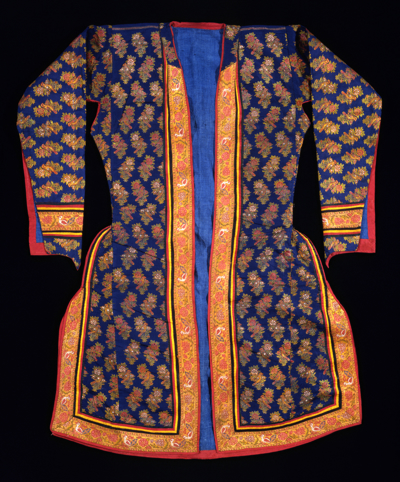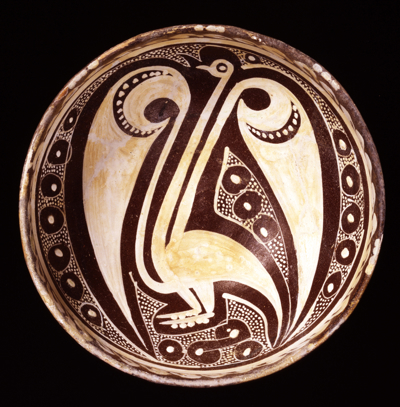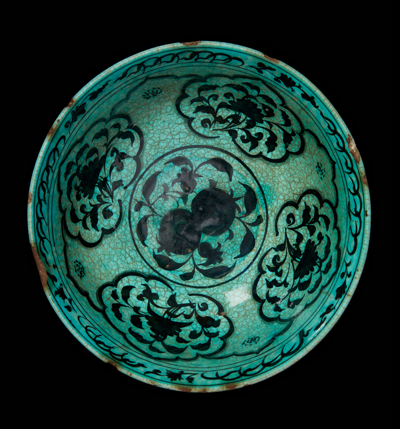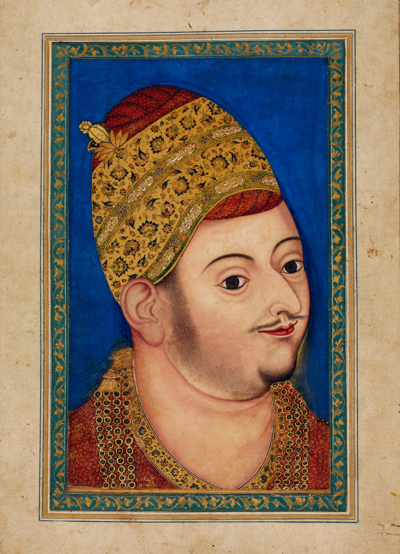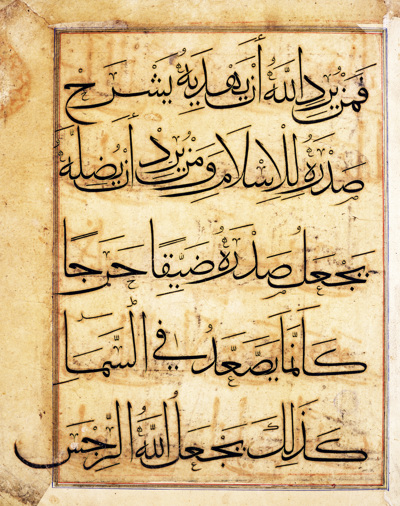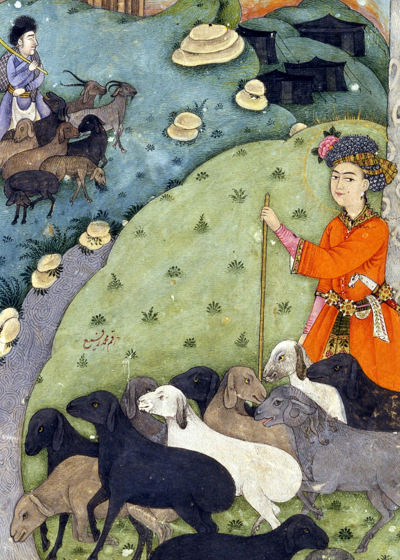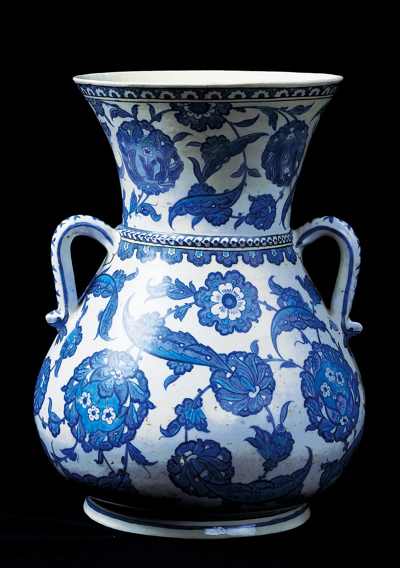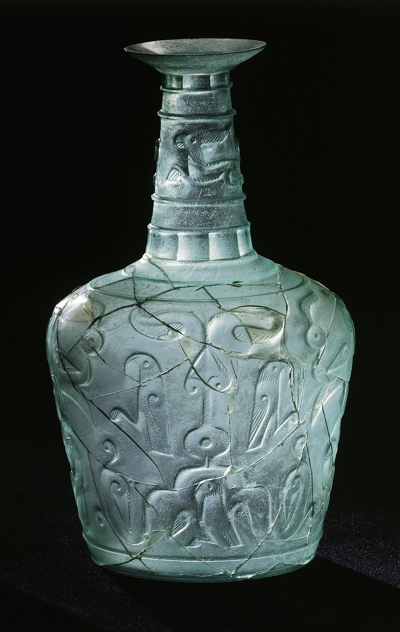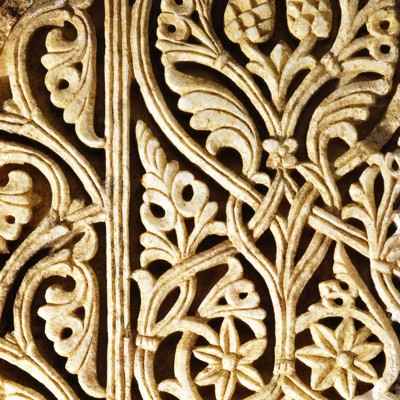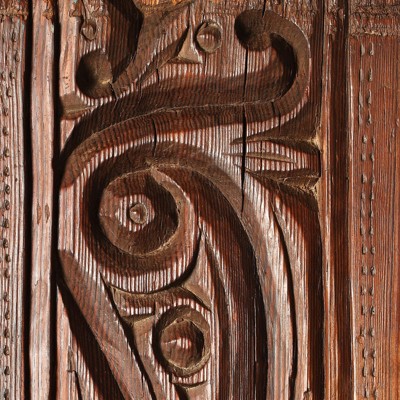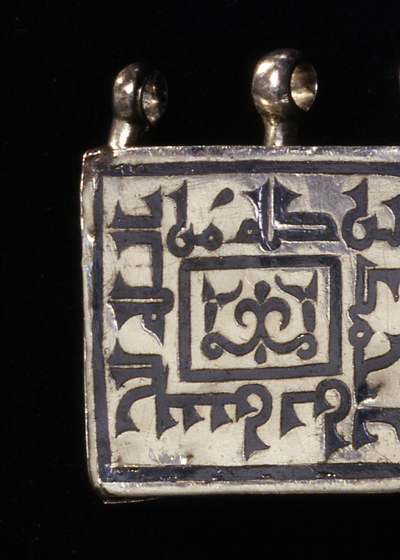Islamic Art
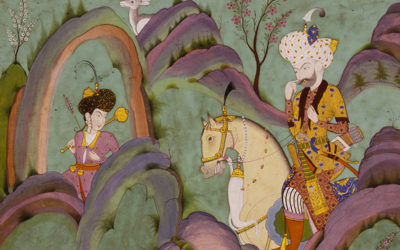
A collection that covers virtually the classical Islamic world
Today, the Collection of Islamic Art is the museum’s largest. In C. L. David’s day, it consisted of a small selection of medieval ceramics from the Middle East and a few textiles. Now the collection covers virtually the entire classical Islamic world, from Spain in the west to India in the east, and spans the period from the 7th to the 19th century, with all artistic media represented. The Collection of Islamic Art is by far the largest of its kind in Scandinavia and is among the ten most important in the Western world.
The Islamic works of art are elucidated from three different perspectives: Islamic art organized chronologically and geographically, Islamic art grouped according to material, and Islamic art presented in its cultural context.
Dates
The museum’s texts generally make use of the Christian calendar. A number of objects are, however, dated precisely according to the Islamic calendar, which begins in 622 A. D. – the year of Muhammad’s emigration (hijra) from Mecca to Medina. When a hijra date is used, it is denoted with the letter “H” followed by the Christian date. When dates are provided for individuals, they refer to birth and death years, except in the case of rulers, for whom the dates of reign are given.
